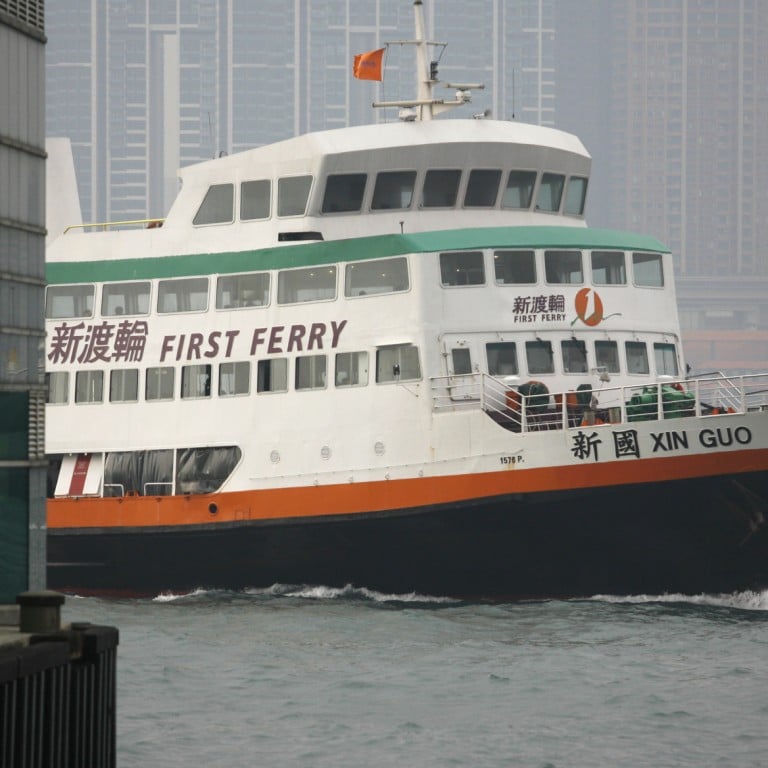
Ticket to disaster: Why more ferry accidents are waiting to happen
The incident on Friday where 87 people were injured when a Macau-bound jetfoil operated by TurboJet apparently crashed into something – but oddly sustained no damage – highlights the issue of ferry safety once again.
You would think that after the Lamma ferry collision during fireworks night on October 1 last year, which left scores of people dead, that passenger safety on Hong Kong ferries would be taken a bit more seriously now.
New World First Ferries that run between Mui Wo on Lantau Island and Pier 6 in Central are divided into two types: the fast two-deck air-conditioned catamarans and the old, slow triple-deckers.
Lantau is a popular destination for school parties, especially when the weather is good, and it’s not uncommon to find a gaggle of schoolchildren being herded onto the ferry for a day out of the classroom on Lantau. All well and good.
There’s only one problem: they are supposed to notify the ferry company that they are coming, as a load of children will overfill one of the smaller ferries. The children also often come laden with camping gear, and these boats are not designed to take stacks of bulky kit. The bags block the aisles and obstruct access to the emergency exits.
No one seems to do anything about this and any appeal to the staff is usually greeted by a shrug of the shoulders. If the ferry were to collide with another boat (which has happened) or an island (which has happened, too) there could easily be problems getting the children off quickly.
When boats sink, it usually happens quite quickly and every second matters when one is trying to escape. Exits blocked by tents and bedrolls? It would seem to be a no-brainer.
Another problem is baby buggies. These used to be small, collapsible things, but these days their owners seem to treat them like SUVs. And it’s a case of keeping up with the Joneses – they get bulkier and bulkier.
Tyler Brûlé, in , has had much to say on this topic and I agree that these buggies are now ridiculously large.
Something happens to some people when they become parents: they suffer an illusion that everyone else shares their joy and wants also to share the presence of their sprog. On the ferry, this takes the form of bulky baby wagons that when I was small were big enough to be classified as prams.
These get wheeled onto the ferry – most of which have space for wheelchairs or bulky items – but these doting mothers don’t want to disturb their infant.
So instead of taking them from the buggy and parking it out of the way, they sit with the buggy beside them – and usually there are three or more of them blocking the aisle. And I mean entirely blocking the aisle, which are narrow because these boats were not built with this in mind.
The other day, I politely requested the owner of such a buggy to put the baby on her lap and park the buggy in the proper place, out of the way. The mother responded with a string of filthy language that would have done a trucker proud. Then the father joined in, with a few racist insults, adding that I could move if I objected to the child.
When I said that I had no objection to the baby, that it was the blockage of the aisle that was the problem, he became so angry that I thought he was going to spring out of his seat and throttle me.
It states clearly that aisles must not be blocked, but when I asked the ferry staff to intervene, they looked, smiled, rolled their eyes, shrugged, looked again at the aggressive pair and did nothing.
Now, had that ferry capsized, who would have been blaming the ferry company for putting their child at risk? No prizes for guessing.
This is not rocket science. But why can’t ferry staff grow a backbone and enforce their own rules? And why does this type of parent think that their child should override the safety of a ferry load of passengers?

